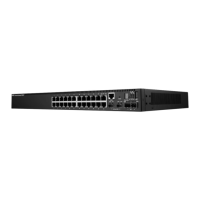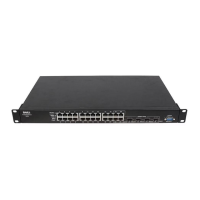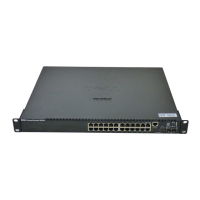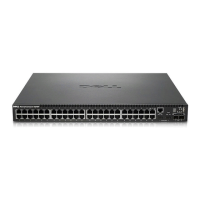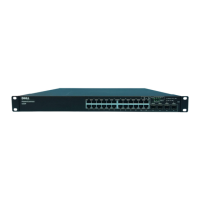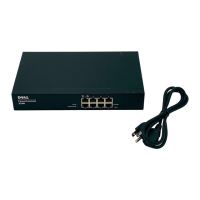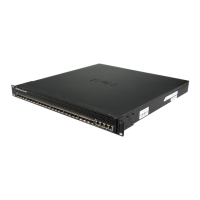Configuring Device Information 295
Configuring Address Tables
MAC addresses are stored in either the Static Address or the Dynamic Address databases. A packet
addressed to a destination stored in one of the databases is forwarded immediately to the port.
The Static and Dynamic Address Tables can be sorted by interface, VLAN, and interface type.
MAC addresses are dynamically learned as packets from sources arrive at the device. Addresses are
associated with ports by learning the ports from the frame’s source address. Frames addressed to a
destination MAC address that is not associated with any port are flooded to all ports of the relevant
VLAN. Static addresses are manually configured. In order to prevent the bridging table from overflowing,
dynamic MAC addresses, from which no traffic is seen for a certain period, are erased. To open the
Address Tables page, click Switch→ Address Table in the tree view.
Defining Static Addresses
The Static MAC Address page contains a list of static MAC addresses. Static Address can be added and
removed from the Static MAC Address page. In addition, several MAC Addresses can be defined for a
single port. To open the Static MAC Address page, click Switch→ Address Table→ Static MAC Address
in the tree view.
Figure 7-29. Static MAC Address
•
Interface
— The specific port or LAG to which the static MAC address is applied.
•
MAC Address
— The MAC address listed in the current static address list.
•
VLAN ID
— The VLAN ID attached to the MAC Address.
•
VLAN Name
— User-defined VLAN name.
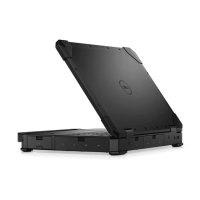
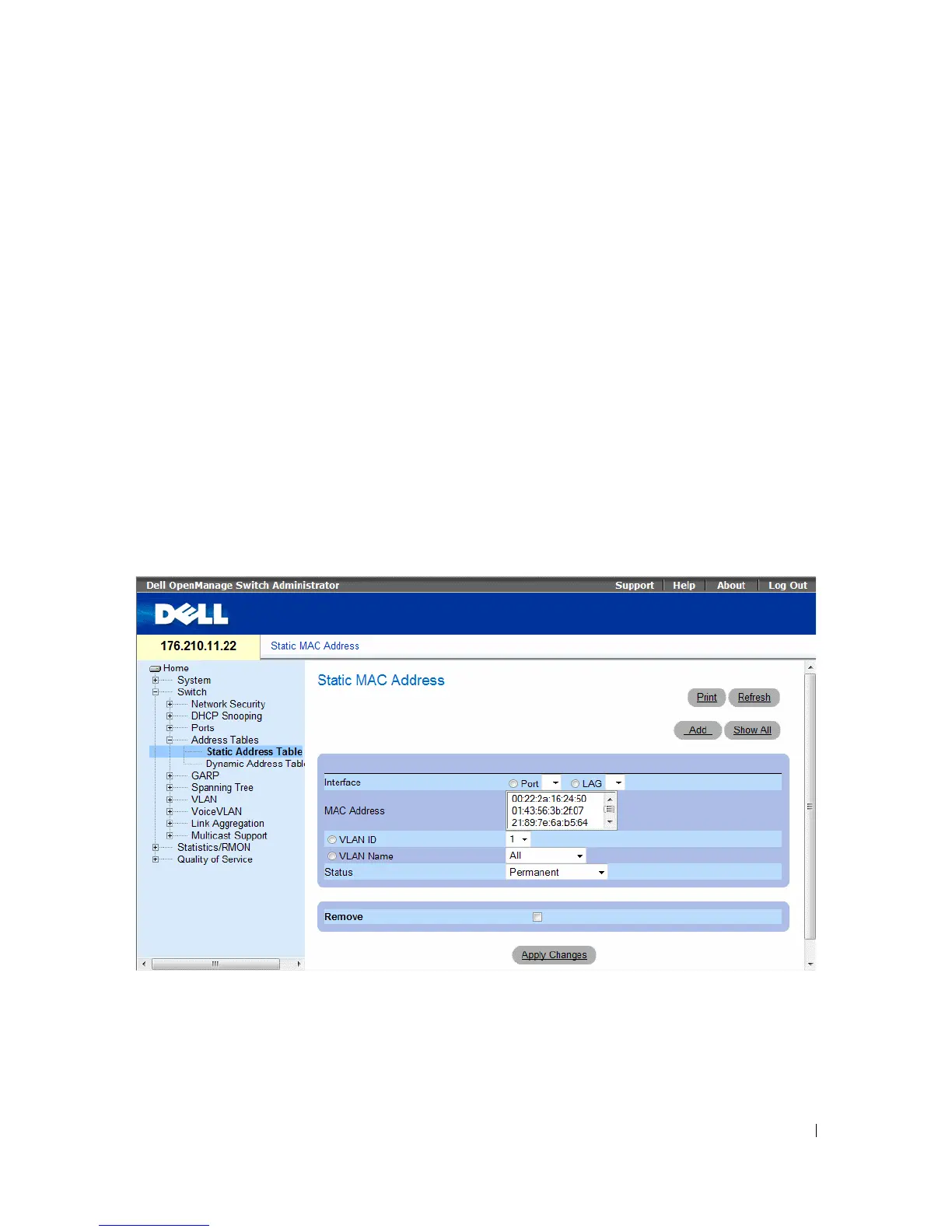